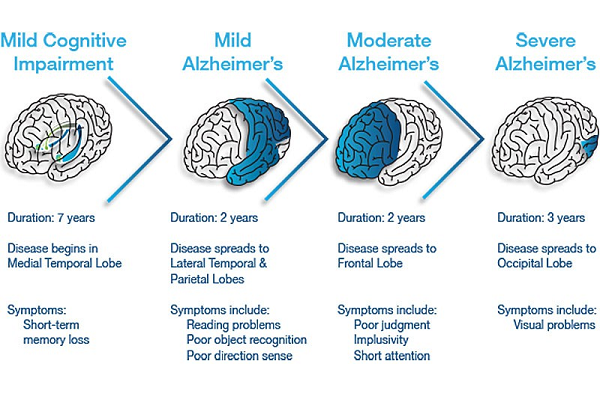 For people with chronic obstructive pulmonary disease (COPD), fatigue is a familiar face that greets them from time to time. In fact, it is one of the major reasons that it is difficult for people with such condition to enjoy their day-to-day activities. Fatigue, along with other COPD symptoms, often exhaust a person’s strength and energy, and worse, may even affect one’s emotional health.
For people with chronic obstructive pulmonary disease (COPD), fatigue is a familiar face that greets them from time to time. In fact, it is one of the major reasons that it is difficult for people with such condition to enjoy their day-to-day activities. Fatigue, along with other COPD symptoms, often exhaust a person’s strength and energy, and worse, may even affect one’s emotional health.
While fatigue is often associated with COPD, it doesn’t have to ruin your quality of life. Learn below how you can successfully manage fatigue despite illness and get back to a more enjoyable life.
What is COPD?
COPD is a condition that reduces airflow to one’s lungs, making breathing labored and entirely difficult. Because of this decline in lung function, people with COPD often struggle with a declining exercise tolerance. As one becomes more sedentary, the individual experiences a decrease in muscle strength, which eventually leads to the feeling of fatigue.
In some cases, fatigue also hits COPD patients who have low oxygen concentration in their blood, which is a complication of an advanced form of the condition. When fatigue starts to affect your activities of daily living, you can check with your doctor and have your oxygen saturation measured using a pulse oximetry sensor or a pulse oximeter. If blood oxygen levels are low, oxygen therapy may be prescribed to help reduce fatigue significantly.
Aside from medical intervention, there are other ways that can effectively keep COPD-related fatigue at bay.
Following an Exercise Routine
Since people with COPD and other respiratory conditions feel easily tired and short of breath during exercise, they tend to steer clear from exercise and other physical activities. The truth is, doing so can actually worsen their physical fitness, making them even more fatigued and out of shape and making exercise even more difficult for them to perform.
Because of this, COPD patients are encouraged to exercise regularly to help manage their fatigue and overall condition. Even just regular stretching, which is also advisable to do before and after exercising, can help improve one’s flexibility and muscle strength.
If you are ready to perform a steadier level of activity for a long-term period, aerobic exercises such as walking, climbing the stairs, swimming, and stationary biking, can help reduce fatigue among COPD patients. You may also try strengthening exercises to help toughen your breathing muscles and allow you to breathe easier.
An important reminder when exercising, though, is to stop right away when you feel nauseous, dizzy, severely out of breath, or having chest pain. Seek professional help right away when such symptoms occur.
Quitting Smoking
One of the best ways to help manage fatigue and other COPD symptoms is to stop smoking. Share your goal to quit with your friends and family and avoid situations that make you want to smoke. There’s no easy way out to quitting a habit, but taking it one day at a time should do the trick.
There are various ways to successfully quit smoking, including taking medications, nicotine replacement therapy, and joining support groups and counseling sessions. It may take several times for you to fully quit, and that’s OK. The more times you attempt to, the more likely you are to finally succeed.
Aside from quitting smoking, also take steps to veer away from secondhand smoke, which is a major cause for COPD flare-ups and can cause further damage to your lungs. Make sure to live in a smoke-free environment and to avoid public smoking areas.
Adopting a Healthy Lifestyle
COPD can be related to a wide range of other long term conditions and complications, including high blood pressure and cardiovascular diseases. In order to reduce your risk for such conditions, and to alleviate your episodes of fatigue, it is best to adopt a healthier lifestyle. Aside from getting regular exercise, eating a well-balanced diet can also go a long way for COPD patients.
You may not know it, but the food that you eat can affect your breathing. Incorporating various nutrients in your diet can help make your breathing a lot easier. To help get you on track, meet with a registered nutritionist and discuss which foods you prefer to eat and the ones you don’t. Your nutritionist will help you plan for a healthy diet from there.
Keeping tabs on your weight regularly is also a great practice for people with COPD. This helps them keep track of their weight loss or gain so as to avoid health complications that may arise from weight problems, which can cause further fatigue and labored breathing among COPD patients.
While there is no cure for COPD, it shouldn’t hinder one to live a normal, healthy life. With a healthy, active lifestyle, and the right mindset, people with COPD can easily overcome their disease and enjoy their lives to the fullest.


Comments